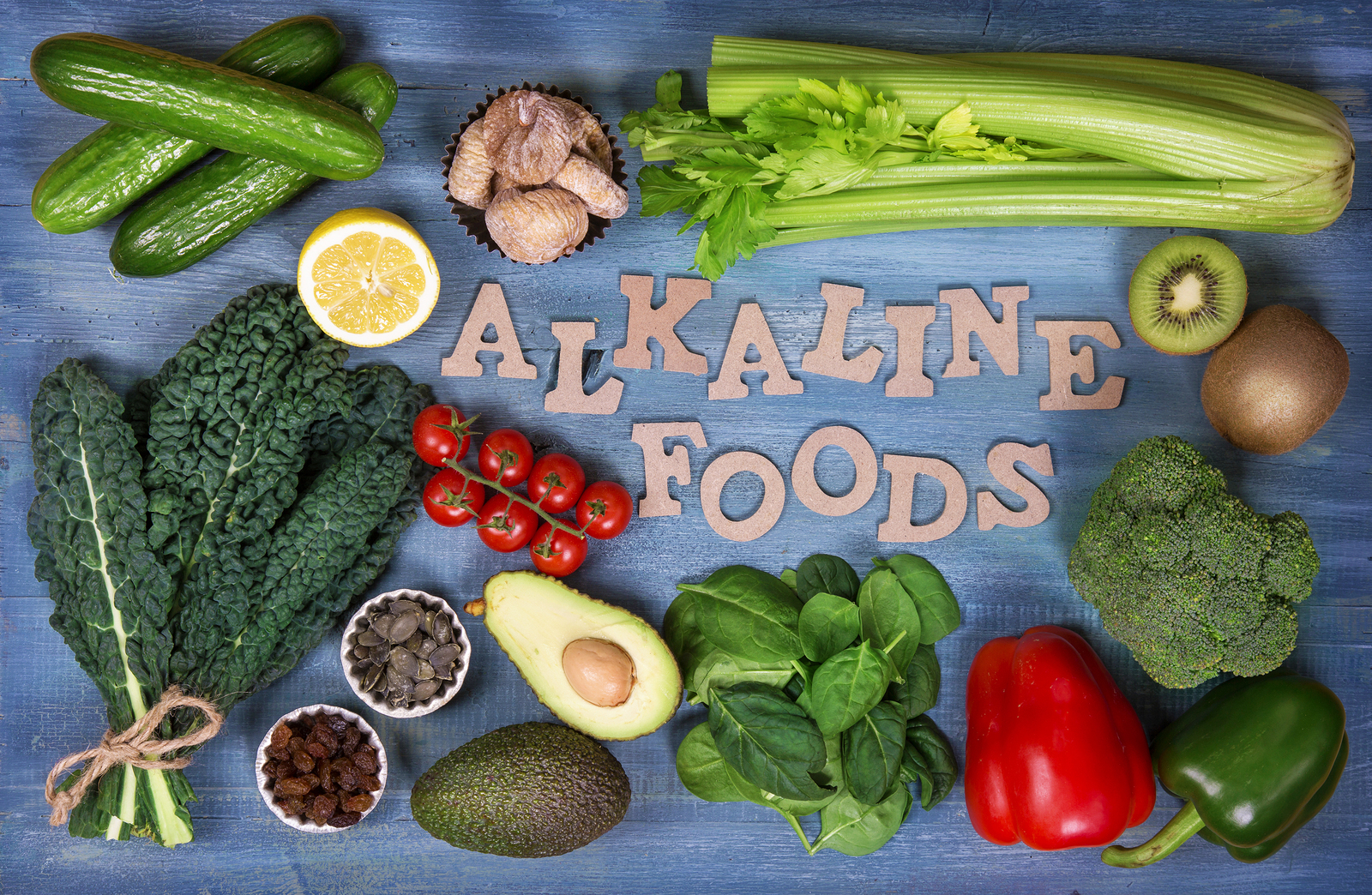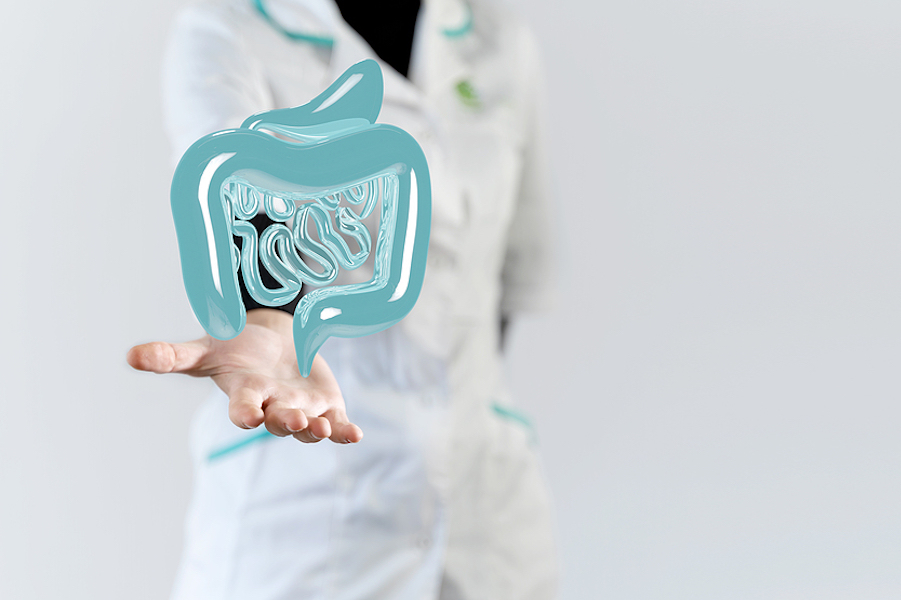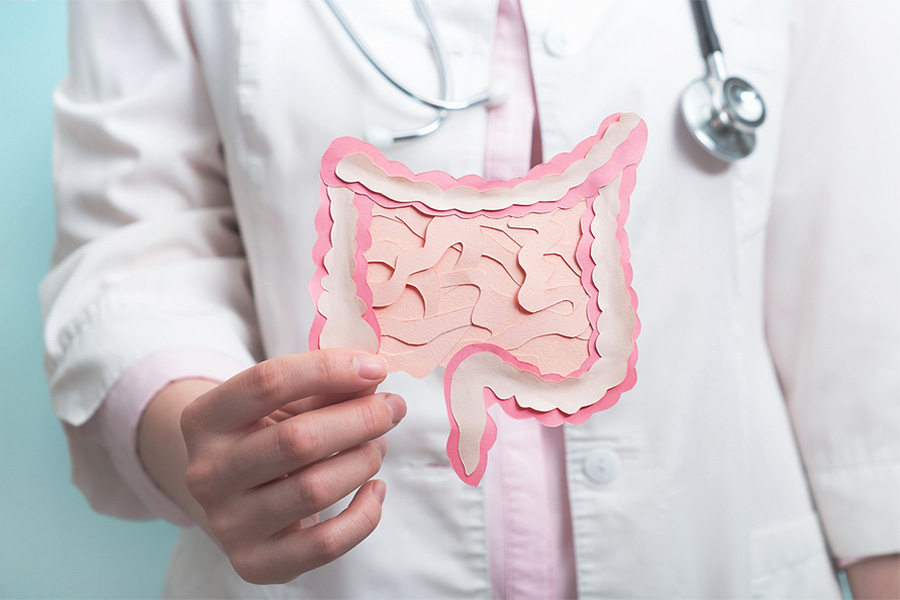pH balancing foods
Combined with our articles about pH balance and digestion, this chart of acid/alkaline forming foods will help you gain a better understanding of the effect that individual foods have in terms of digestive pH.
There are a lot of lists out there, a few more definitive and reliable than others, and contradictions among them do show up; however, the basics are fairly consistent. This list is just a sampling, an overview of which foods fall on either side of the pH scale. From this initial understanding you can start to assess how pH may be playing a part in your personal health and diet picture.
Alkaline Food Chart
| Alkalizing vegetables | |
|
|
| Alkalizing fruits | |
|
|
| Alkalizing protein | |
|
|
| Other alkalizing foods | |
|
|
For more information, read our informative article, “The Truth About pH Balance“.







